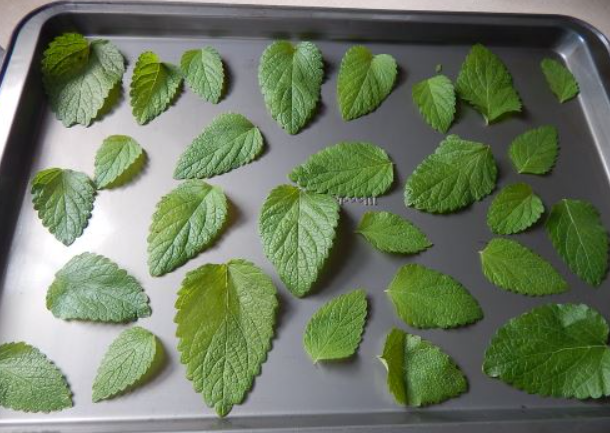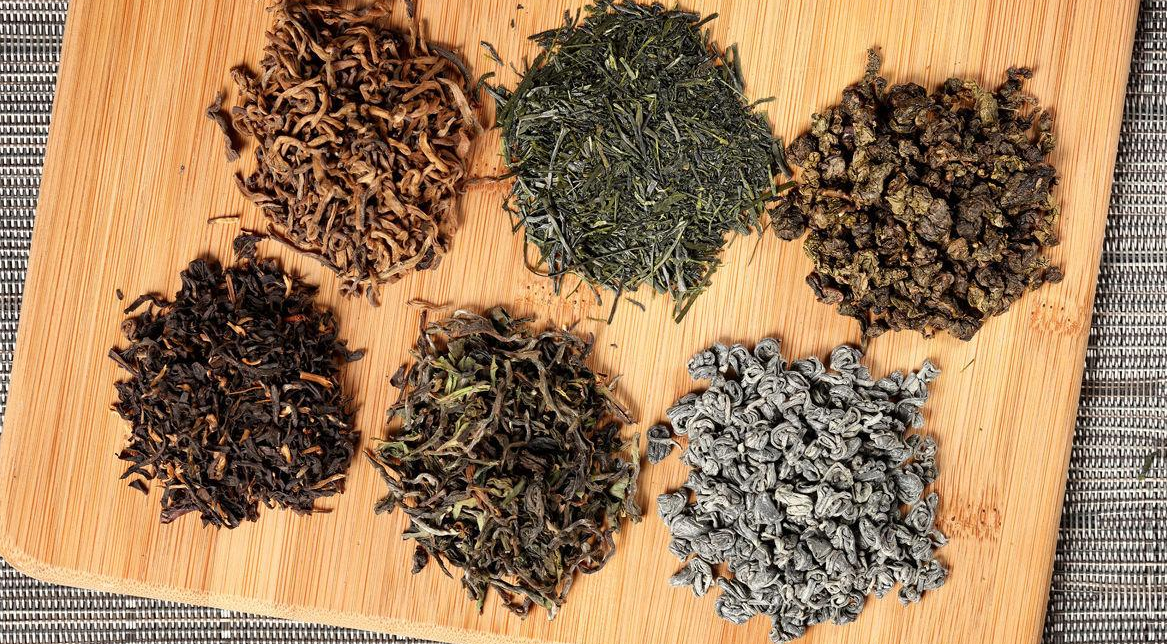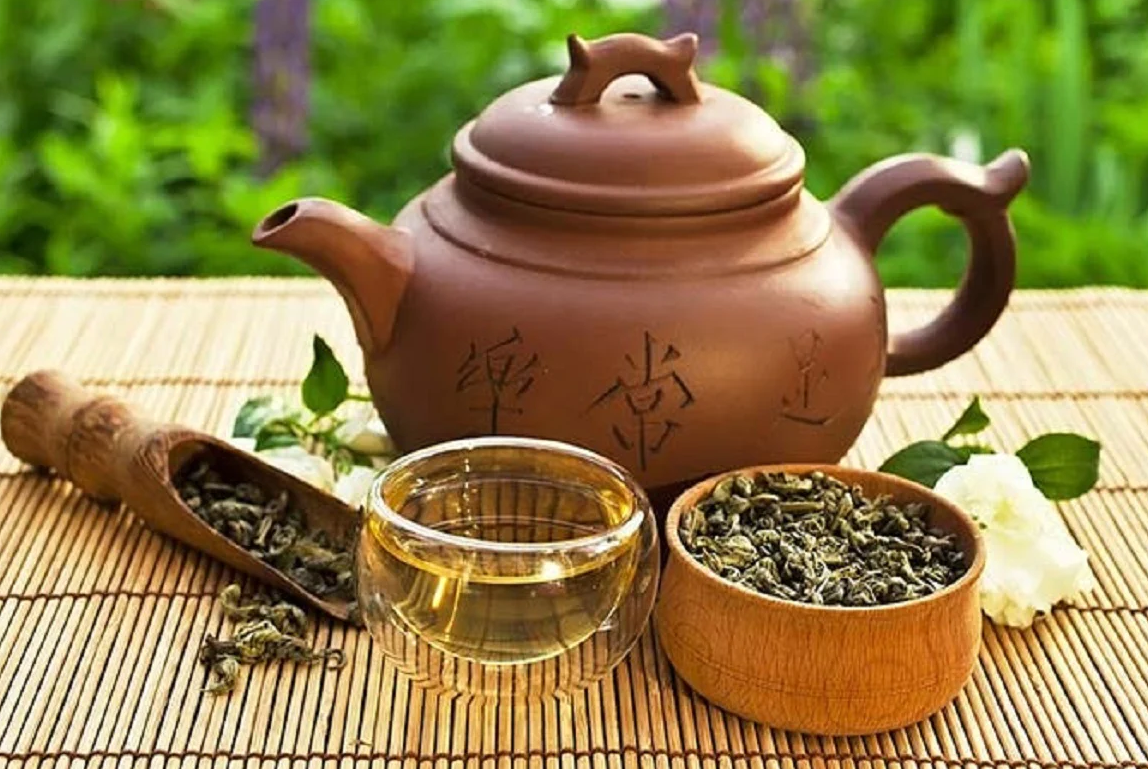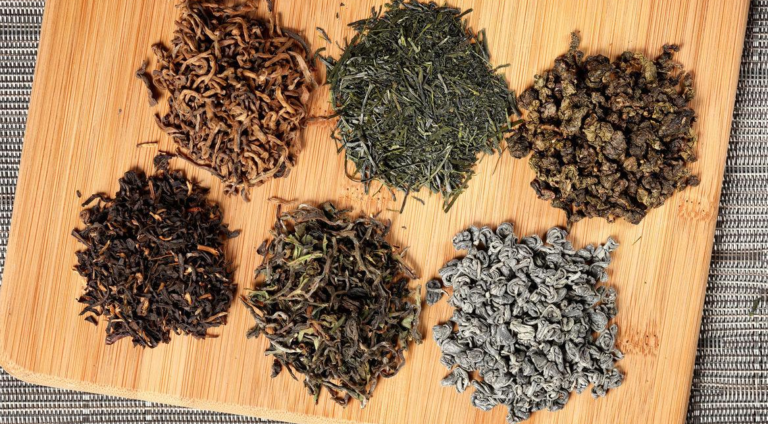Have you ever sipped a cup of tea and marveled at its exquisite aroma and taste? That heavenly experience often begins with properly dried tea leaves. Drying is a crucial step that preserves the leaves’ natural essence, ensuring a flavorful and long-lasting brew.
In this article, I’ll guide you through various techniques for drying tea leaves, from traditional sun-drying to modern oven and dehydrator methods.
Get ready to learn how to dry tea leaves!
Understanding the Drying Process
Before we dive into the drying techniques, let’s briefly understand why drying tea leaves is so important. Freshly plucked tea leaves contain a high moisture content, making them susceptible to mold, bacteria, and deterioration.
By removing this excess moisture, drying not only extends the shelf life of the leaves but also concentrates their flavors and aromas.
The drying process involves carefully removing the moisture from the leaves while preserving their delicate compounds responsible for taste and aroma. Different drying methods can impact the final flavor profile, so choosing the right technique is essential for achieving your desired tea experience.
How to Dry Tea Leaves in the Sun?
Sun drying is perhaps the most traditional and natural method for drying tea leaves. This age-old technique has been passed down through generations, capturing the essence of the tea-making process.

Here’s how to sun-dry your leaves like a pro:
- Prepare the Leaves: After plucking, gently spread the tea leaves in a single layer on a tray or cloth. Avoid piling or stacking them, as this can hinder even drying.
- Find the Perfect Spot: Locate a sunny, well-ventilated area where you can place your tray or cloth. Ensure the leaves receive direct sunlight throughout the day.
- Turn and Toss: Regularly turn and toss the leaves to promote even drying. This step is crucial to prevent any moisture buildup or uneven drying.
- Watch the Time: Depending on the temperature and humidity levels, sun-drying can take anywhere from one to several days. Keep a close eye on the leaves and bring them indoors at night or during inclement weather.
- Store and Enjoy: Once the leaves are crispy and dry to the touch, they’re ready for storage. Transfer them to an airtight container and savor their natural, sun-kissed flavors.
How to Dry Tea Leaves in an Oven?
If you’re short on time or live in a humid climate, oven-drying can be a convenient alternative. This method allows for better control over temperature and drying time, ensuring consistent results.

Here’s how to oven-dry your tea leaves:
- Preheat and Prepare: Preheat your oven to a low temperature, around 200°F (93°C). Spread the tea leaves evenly on a baking sheet lined with parchment paper.
- Dry in Batches: Avoid overcrowding the baking sheet, as this can lead to uneven drying. If you have a large quantity of leaves, work in smaller batches.
- Monitor and Rotate: Keep a close eye on the leaves and rotate the baking sheet every 15 minutes for even drying. The entire process can take anywhere from 30 minutes to an hour, depending on the moisture content and leaf type.
- Check for Dryness: Remove the leaves from the oven once they’re crisp and dry to the touch. Avoid over-drying, as this can negatively impact the flavor.
- Cool and Store: Allow the leaves to cool completely before transferring them to an airtight container for storage.
How to Dry Tea Leaves With a Dehydrator?
If you’re serious about drying tea leaves, investing in a dehydrator can be a game-changer. These specialized appliances are designed to evenly remove moisture from various foods, including tea leaves.

Here’s how to use a dehydrator for drying tea:
- Prepare the Dehydrator: Follow the manufacturer’s instructions to set up your dehydrator. Typically, you’ll want to preheat it to around 135°F (57°C).
- Arrange the Leaves: Spread the tea leaves in a single layer on the dehydrator trays, leaving some space between them for optimal air circulation.
- Set the Timer: Depending on the moisture content and leaf type, the drying process can take anywhere from 12 to 24 hours. Set the timer accordingly and let the dehydrator work its magic.
- Check and Rotate: Periodically check on the leaves and rotate the trays to ensure even drying.
- Store with Care: Once the leaves are completely dry and crisp, remove them from the dehydrator and transfer them to an airtight container for long-term storage.
Microwave Drying: Quick and Convenient
If you’re in a hurry or need to dry a small batch of tea leaves, microwave drying can be a quick and convenient option.

However, it’s essential to exercise caution and closely monitor the process to prevent over-drying or scorching. Here’s how to microwave-dry your tea leaves:
- Prepare the Leaves: Spread the tea leaves in a single layer on a microwave-safe plate or tray.
- Set the Timer: Start with short intervals, such as 15-30 seconds, and increase the time gradually if needed.
- Check and Rotate: After each interval, check the leaves and gently toss or rotate them to ensure even drying.
- Repeat as Needed: Continue microwaving in short bursts until the leaves are dry and crisp, but be careful not to over-dry them.
- Cool and Store: Allow the leaves to cool completely before transferring them to an airtight container for storage.
Drying Tea Leaves: Tips and Tricks
Regardless of the drying method you choose, keep these tips and tricks in mind for optimal results:
- Use Fresh Leaves: Always start with freshly plucked tea leaves for the best flavor and aroma.
- Avoid Moisture: Ensure the leaves are completely dry before storing them to prevent mold or bacteria growth.
- Store Properly: Use airtight containers or resealable bags to store dried tea leaves, and keep them in a cool, dark place away from direct sunlight.
- Experiment with Blends: Try drying different types of tea leaves, such as green, black, oolong, or herbal, and create your unique blends.
- Enjoy Promptly: While dried tea leaves have a longer shelf life than fresh ones, it’s best to consume them within a year for optimal flavor.
What to do with Used Tea Leaves?
Conclusion
Drying tea leaves is not only a practical necessity but also an art form that captures the essence of nature’s bounty.
Whether you prefer the traditional sun-drying method or the convenience of modern techniques, take the time to appreciate the process and savor the flavors it unlocks.
Experiment with different drying methods, create your unique blends, and embark on a flavorful journey with every cup of tea.
